I'm reviewing material from a lower div circuits class in preparation for the upper div class by redoing problems, and this is one of them.
Does it make sense for the branch with the dependent current source to have a voltage Va(t) across it? Wouldn't the voltage measured across it be zero assuming the current source is ideal and the wire has no resistance (since it's not modeled in the problem.)
Can someone explain why these dependent sources make sense, please?
